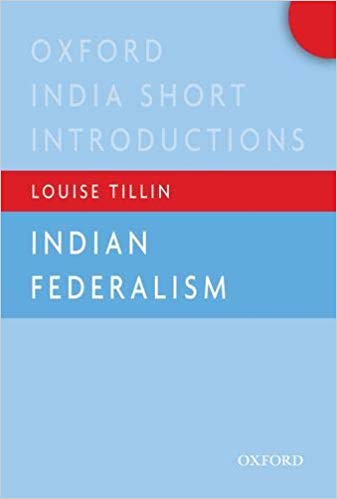The Constituent Assembly of India, after two years, eleven months and eighteen days of intense debates, came up with the final draft of the Constitution which proclaimed India as a sovereign democratic republic. While the terms ‘secular’ and ‘socialist’ were later added to the Preamble (which is non-Justiciable by law) by the 42nd Amendment, the word ‘federal’ was eschewed.
During the Constituent Assembly debates, Professor KT Shah moved on 15 November, 1948, that the phrase ‘Secular, Federal, Socialist Union of States’ be added to Article 1 of the Constitution, which otherwise stated that ‘India, that is Bharat, shall be a Union of States.’ Dr. BR Ambedkar rejected the motion. Even so, the expression ‘Union of States’ was not intended to imply a predominantly ‘Unitary State’ by any stretch of imagination, only that Indian federalism is not a separation model like the USA or Switzerland, but rather an integration model where the Union is indestructible (component units have no right to secede) although the States are not (the boundaries of any State can be altered and new States can be formed). However, the overarching definition of federalism as a political contrivance that seeks to combine self-rule and shared rule, or reconcile regional autonomy with national unity, still applies to India’s federal model.
Nevertheless, ‘flexibility’ being the hallmark of India’s hybrid model of federal governance—as evident from Dr. Ambedkar’s objection to Professor Shah’s motion—the relative significance of shared rule versus self-rule or regional autonomy versus national unity during a particular period remains subject to partisan dynamics, particularly the party constellation at the Centre. To compound the puzzle, centralizing or decentralizing dynamics in the management of public policy vary widely across three dimensions: the political, fiscal, and administrative, even within a particular phase of intergovernmental interactions (Sharma and Swenden 2018).

